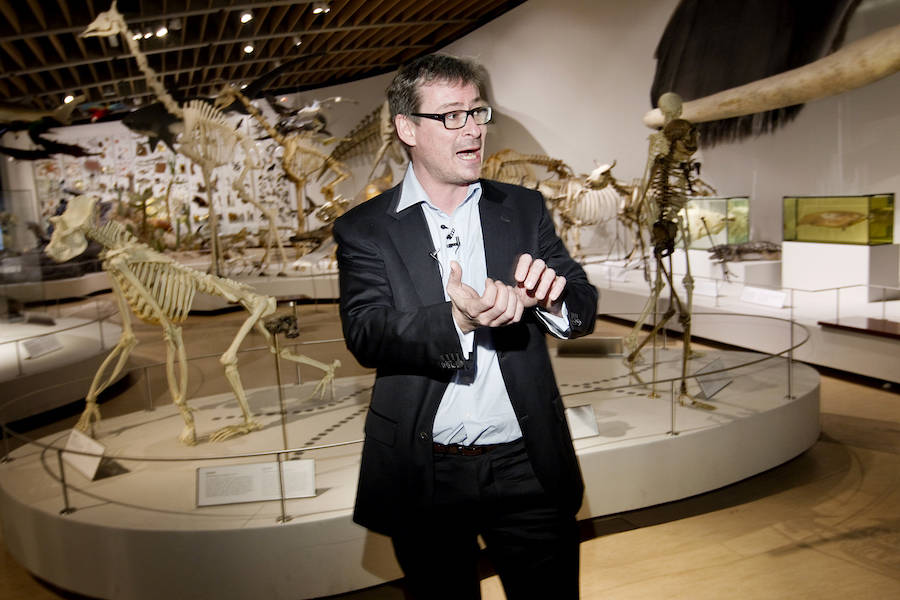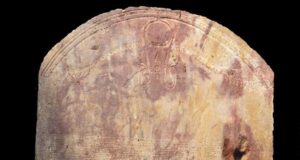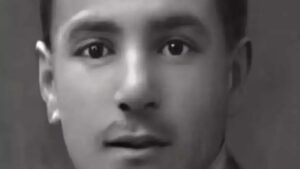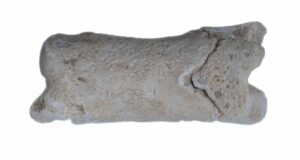“Unearthed Secrets: How an Ancient Siberian Tribe Holds the Key to the Origins of Modern Native Americans”
What if I told you that two little baby teeth discovered in the icy depths of Siberia could rewrite everything we thought we knew about human migration? Yeah, you read that right! These ancient gnashers—dating back a dizzying 31,000 years—are not just relics; they open the door to understanding where modern Native Americans might trace their roots. This isn’t just an archeological find; it’s the stuff of history books! Alongside the unexpected discovery of a 9,800-year-old skull, these findings have provoked scientists to rethink the complex dance of ancient populations and their migrations. Who knew teeth could be so… groundbreaking? Buckle up, folks, as we unravel the migrations of yore that continue to surprise us to this day. If you’re dying to dig deeper into this fascinating journey of discovery, you can LEARN MORE.
These DNA results have changed the way scientists are thinking about the migratory patterns of ancient populations.

Sikora et al.Scientists discovered human baby teeth in Siberia that contained the oldest genetic material yet retrieved from the country.
Two remarkable discoveries in Siberia recently have revealed the existence of two previously unknown groups of ancient peoples. As it turns out, one of these lost Siberian populations is believed to be the ancestor of modern Native Americans.
The first discovery is of two 31,000-year-old baby teeth, which are now considered the oldest human genetic material ever retrieved from Siberia. The second discovery, of DNA from a 9,800-year-old skull, denotes the first time that a genetic link this close to Native Americans has ever been discovered outside of the United States.
Both newly-discovered populations have been hailed “a significant part of human history.”
The study was published in the journal Nature and was led by an international team of scientists. Geneticists Martin Sikora and Eske Willerslev were able to glean crucial information about one previously unknown population from just the two baby teeth that were uncovered in a site in Northeastern Siberia known as Yana.
The site was found in 2001 and features more than 2,500 artifacts of animal bones and ivory together with stone tools and other proof of early human habitation. The newly discovered group has since been dubbed — fittingly — the Ancient North Siberians.
The 31,000-year-old baby teeth come from two separate boys who once belonged to a group of some 40 Ancient North Siberians, though it is believed that the total population was about 500. More astounding still, the DNA showed no evidence of inbreeding which was fairly common amongst other ancient peoples of this era.
The discovery of this population has since changed what researchers previously knew about the migration dynamics of ancient populations in and around this region.
“They diversified almost at the same time as the ancestors of modern-day Asians and Europeans and it’s likely that at one point they occupied large regions of the northern hemisphere,” Willerslev, who sits as the director of The Lundbeck Foundation Centre for GeoGenetics at the University of Copenhagen, told Science Daily.
Interestingly, most of the lineage of the two boys can be traced back to the early migration out of Africa and specifically to the people who would eventually spread out into Europe about 200,000 years ago. However, scientists could not find a match between the Yana boys’ ancestry to any living people which suggests that their population has since died out.
Meanwhile, the fragment of a 9,800-year-old skull from a woman who scientists have since named Kolyma1 for where her remains were found, showed that some part of Kolyma1’s DNA came from the Ancient North Siberians but most of it came from an entirely different population: the Ancient Paleo-Siberians. This suggests that the Ancient North Siberians were genetically overtaken by the Paleo-Siberians.
Even more shocking, the DNA of the Paleo-Siberian woman was discovered to be very similar to the DNA of modern Native Americans. “It’s the closest we have ever gotten to a Native American ancestor outside the Americas,” Willerslev told Science Magazine. In fact, two-thirds of Native American ancestry can be traced to still-unknown peoples.

Jens Astrup/AFP/Getty ImagesProfessor Eske Willerslev speaking during a press conference for an earlier study related to ancient DNA.
The Ancient Paleo-Siberians, much like their 31,000-year-old relatives in the north, were relatively unknown until now because a third population with completely different East Asian heritage cropped up and eventually replaced them. These were the Neo-Siberians and they were the last ancient group to come out of Siberia. They are the ancestors of most living Siberians today.
These are exciting finds even though the gap between modern Native Americans and their ancient ancestors still remains vastly distant. Scientists estimate that the ancestral DNA of current Native Americans broke off from its Siberian lineage roughly 24,000 years ago, which coincides with about the same time that the peopling of the Americas began.













